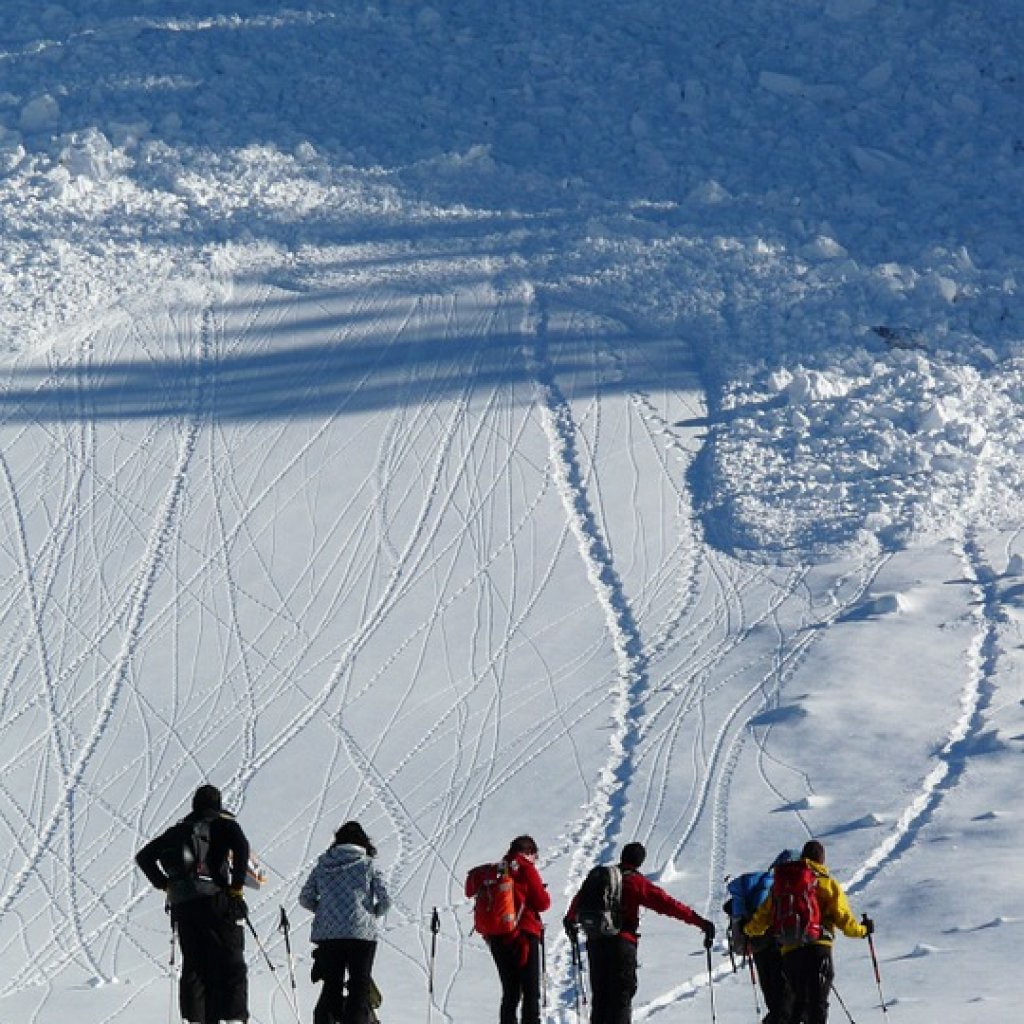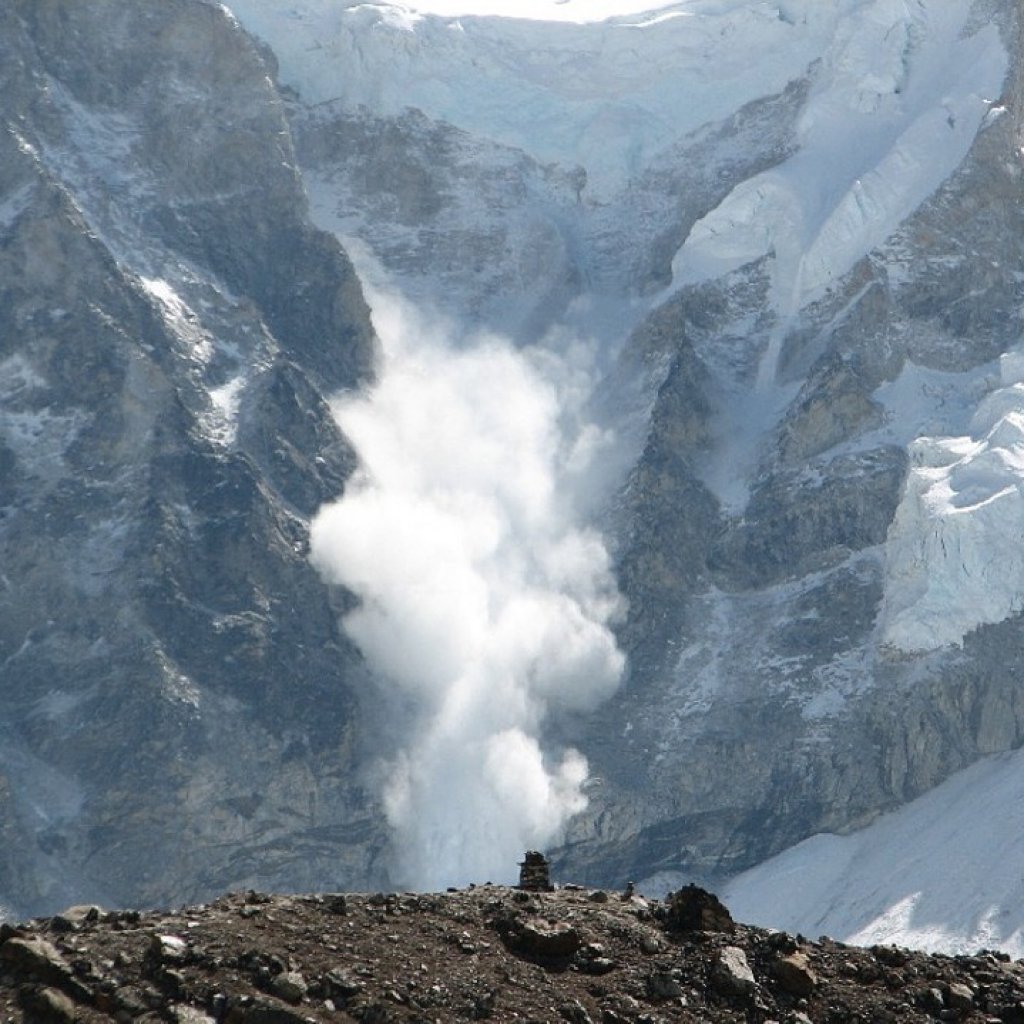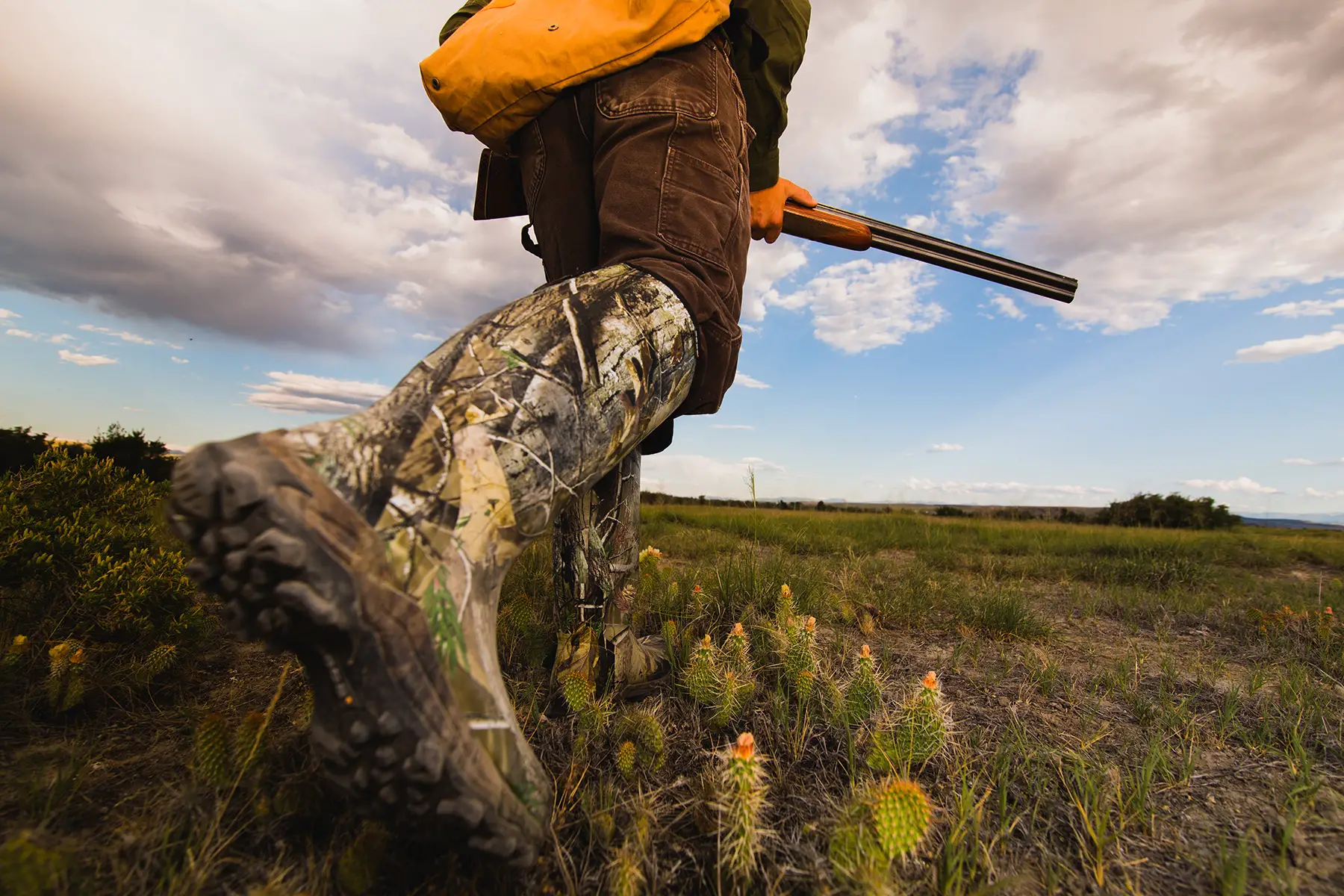Survival Skills: What To Do in the Event of an Avalanche
 Survival Skills: What To Do in the Event of an Avalanche
thegearhunt.com
Survival Skills: What To Do in the Event of an Avalanche
thegearhunt.com
There are many stories out there of people being buried in avalanches never to be seen or heard from again and there are just as many urban myths out there that tell you what you should, and shouldn’t do when caught in an avalanche. Which ones you believe can certainly cost you your life if you aren’t careful and sure of how to react should you get caught in a coming avalanche. Avalanches are dangerous, brutal, and life-threatening. Many people, even those who are in the snow on a regular basis, don’t realize that there are actually two types of avalanches out there and what to do if they should see an avalanche coming or heaven forbid, be caught by one and trapped.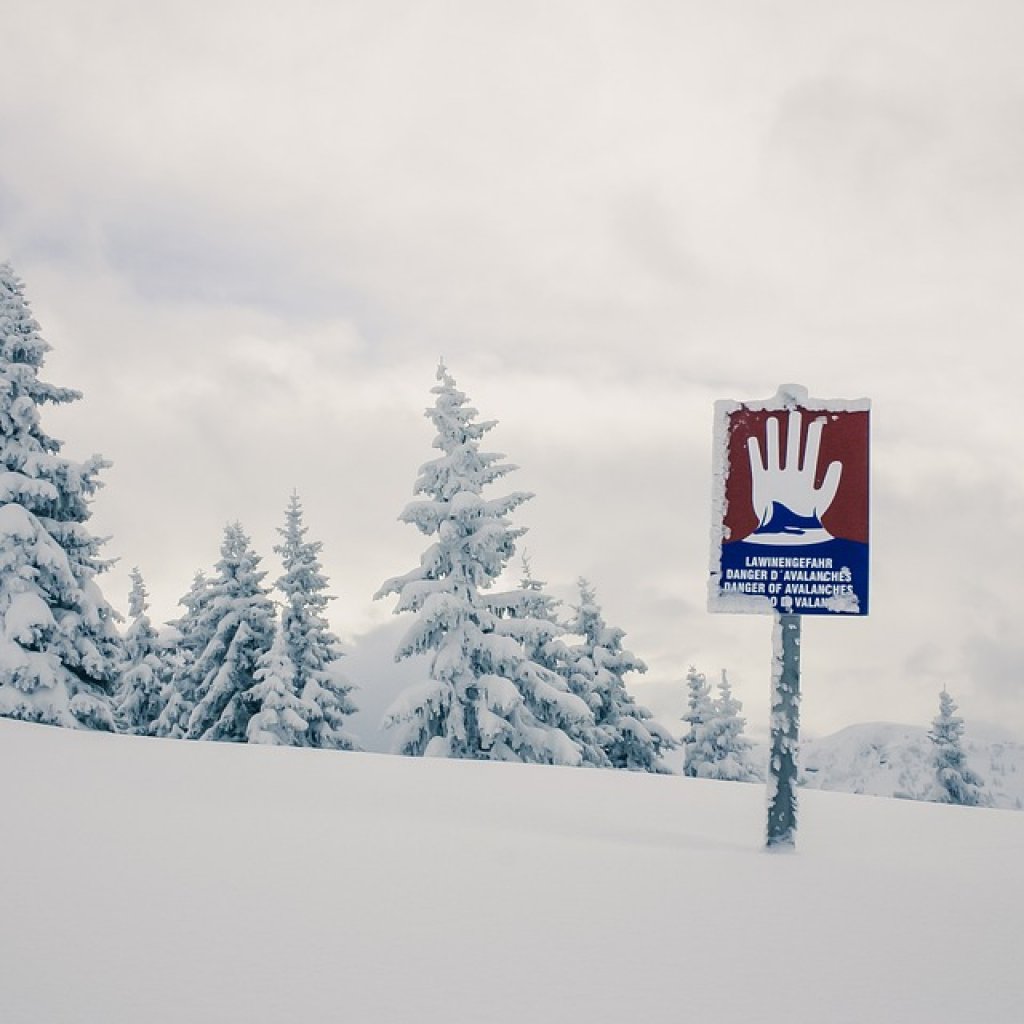
It’s important to note at this point that avalanches kill more than 150 people worldwide on a yearly basis, those are high, high numbers folks. It is also estimated that about 90 percent of victims of avalanches can be saved if they are pulled from the snow within five minutes of being buried. That percentage drops to 20 to 30 percent after about 45 minutes and to pretty much zero after two hours. That is why it is so extremely important to know what you are doing when you get out there on the mountain, in the snow, from being prepared to knowing the signs and more.
Avalanches happen all over the world, so anywhere there are snowy peaks, you are in danger of an avalanche happening, at any moment. With the growth of wintertime recreational activities over the years, the number of avalanche victims have begun to grow and has been on the uprise since the 1950s. Statistics show that there are over 150 lives claimed by avalanches worldwide each and every year. Some of this can be avoided by taking the mountains and the tons of snow seriously, being extremely careful and vigilant when you’re out there, and being prepared before you step a foot onto the snow.
In this blog, we will discuss what to do in the event of an avalanche, how to prepare before you head out onto the mountain, the myths associated with these deadly occurrences, and even some facts that you might not have known. I’m sure we will discuss even more along the way. So, grab your mug of hot cocoa and your warmest jacket, then follow us into our blog on what to do in the event of an avalanche, and more.
The Dangers of an Avalanche
Many skiers, snowboarders, and climbers don’t realize the serious dangers of an avalanche until the ton of snow is barreling down on them and they have nowhere to go. An avalanche can get up to speeds as fast as 120 miles per hour, a force that no matter how hard you try if you’re in its path, you can’t outrun. The force of the snow can easily toss a human into the trees and rocks in the area, and just as easily sweep you off of a cliff, or tangle you up in your ski or snowboarding equipment. It is said that over one-third of avalanche-related deaths are due to trauma.
While it is possible to survive the trauma of being swept away by 120 miles per hour of snow, you then have to deal with the block of concrete that snow has become. The snow may start as a powdery substance, but as it rushes down that mountain, it starts to refreeze, meaning that you will be encased in a block of ice before the danger is past. Once you are buried beneath the massive avalanche, you have maybe 30 minutes, for someone to find you and dig you out, because most humans can’t survive much longer than, under the snow. So, the dangers of an avalanche are very real and there are many. Your best bet of survival is to educate yourself on avalanches, starting with the fact that there is more than one kind.
Types of Avalanches
There are two types of avalanches that are a threat to not only those who are out on the snow but the houses and buildings that might be located under that mountain as well. We will go into the different kinds next.
These avalanches happen when there is very little cohesion to the snow itself. These usually start at a point near the surface of the mountain and can be caused by snow clumps that have fallen on the surface of the cliff, dislodging the loose snow. Loose snow avalanches can happen whether the snow is dry or wet and in the summer or the winter. The loose snow avalanches in the winter are often caused by snowstorms or even after a snowstorm has occurred. Summer loose snow avalanches usually are triggered by melted water or rain. Either type is extremely dangerous and needs to be avoided.
Slab Avalanches
Slab avalanches are just as dangerous, maybe more so, because it is a slab of snow that is plummeting down the mountain toward an unsuspecting group of people. These are slabs that break off from the other snow for various reasons and are often triggered by a skier or climber stepping on them. This is the type of avalanche that most backcountry travelers get caught in most often.
Now, that we know a little bit about the types of avalanches out there, it’s time to move into the signs that an avalanche is possible so that you can get out of the way if possible.
Warning Signs of an Avalanche
Whether you’re out on a snowmobile racing with friends or just enjoying the day with a leisurely climb, mother nature gives us several warning signs that an avalanche is on the way. However, even the most experienced of climbers often fail to heed these signs, so read this section carefully before you head out on your own adventure.
There’s a Dramatic Change in the Weather
If there is a dramatic change in the weather, such as going from cold to warm or snowy and overcast to sunny in a short period of time, conditions are always favorable for an avalanche to occur.
You Spot Recent Avalanche Activity
This is the rule that is overlooked most often. If you spot signs of recent avalanche activity, don’t take that path or slope. A good rule of thumb to follow is if you see signs of avalanche activity, assume that the snowpack is unstable and head the other way, carefully
A Snowpack is Cracking, Blocking, or Whooping
Cracking and blocking are sure signs that the snowpack is unstable. If you see cracks in the snowpack you’re on, then that snowpack could cause an avalanche if you aren’t careful. The whooping sound comes from a weak layer that is collapsing inside of the snowpack, and it can mean an avalanche is imminent. If you hear this sound, get as far away as you can, fast, but carefully.
These are a few of the signs that there could be possible avalanche activity in the area, now let’s delve into what you should do if one is coming your way
Tips for Surviving an Avalanche
No matter how well prepared you are to avoid an avalanche, it is always possible for one to catch you unaware. If one does, then you need to know how to possibly survive it. Read on below for a few tips.
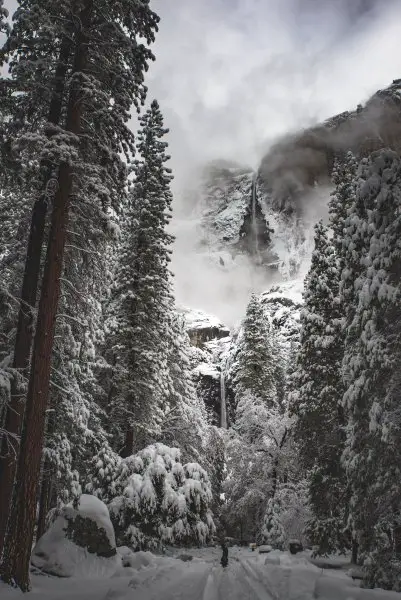 Move to the Side
Move to the Side
The very center of the avalanche is the most dangerous, as it is the place where the snow is moving the fastest, so if you see an avalanche coming towards you, try to move off to the side to avoid as much of the center as possible. If the avalanche starts underneath your feet, try to jump upslope to avoid the center as much as you can.
Try to Grab Onto Something Sturdy
While grabbing onto a sturdy branch or boulder won’t help you much if it’s a major avalanche, it will if it’s the less powerful cascades instead. Either way, try to grab onto something sturdy that will help you stay rooted, instead of being swept along with the snow itself.
Swim
It’s important to try to stay on top of the current so that you aren’t buried underneath the avalanche. Try to swim with the current, by using all of your muscles. Thrash around as much as you can to stay on top of the current, instead of slipping underneath the mounds of snow.
Hold Up One Arm
Try hard to hold at least one arm above the snow, so that if you are buried, rescue teams will have a better chance of finding you quickly.
Create Room to Breathe
Most avalanche fatalities come from the skier suffocating, so it’s important to try to create room to breathe. You can do this by cupping your hands over your mouth to create an air pocket or trying to move the snow away from your face to create a space with air in it until the rescuers can get to you.
Try to Stay as Calm as Possible
While it’s hard to resist the urge to panic with tons of snow on top of you, panicking will only shorten your air and make it even harder to breathe. Try to stay as calm as possible, regulate your breathing, and wait for help to come.
It’s also important to bring an avalanche beacon with you so that you are easier to find should the worst happen. It’s also important to note where your partners are, if at all possible and never, ever go out there alone.
Myths Concerning Avalanches Revealed
There are quite a few urban myths out there that have caused avalanches to happen and many people to be killed. Some of those are dispelled below.
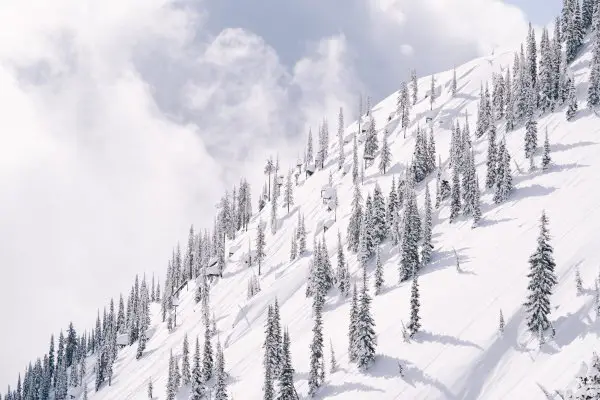
A Single Noise can Trigger an Avalanche
Hollywood movies give people a bigger voice than they truly have, and have avalanches started just by someone yelling across at his buddy on the mountain. This isn’t true, your voice isn’t powerful enough to start an avalanche, so yell and talk all you want to.
Avalanches Strike with no Warning
While in some cases, this can be true and has happened, in most cases avalanches are actually easier to predict than many other natural disasters are. Mother Nature gives us plenty of warning signs, you just have to vigilant and know what to look for.
You Can Outrun or Out Ski an Avalanche
This is one of the myths out there that gets people killed in avalanches the most often. You cannot outrun or out ski an avalanche. They can move down the mountain at speeds of 120 miles per hours, so you couldn’t even outrun them in a car if you had one on the mountain.
Stomping on the Snow can Tell You if the Snow is Stable
No, if it was actually that easy, then many more people would still be alive. You can’t stomp on the snow and be able to tell that it’s stable. It’s a foolhardy idea and could very well get you and your party killed. Instead, try taking an advanced class in how to spot the signs of an avalanche and to tell if the snow is stable. That will help you much more than stomping on the snow ever could.
This concludes our blog on what to do in the event of an avalanche and a few other things as well. Remember, if you’re prepared and know what to do, you have a much better chance of not being in an avalanche at all, or surviving one if the worst happens. Happy Skiing, Everyone!
Sources
- Travel Plus Leisure: What to do if You’re Caught in the Path of an Avalanche
- Base Medical: 10 Avalanche Myths You Think Are True
- REI Co.Op- Avalanches, Part 1: The Basics





